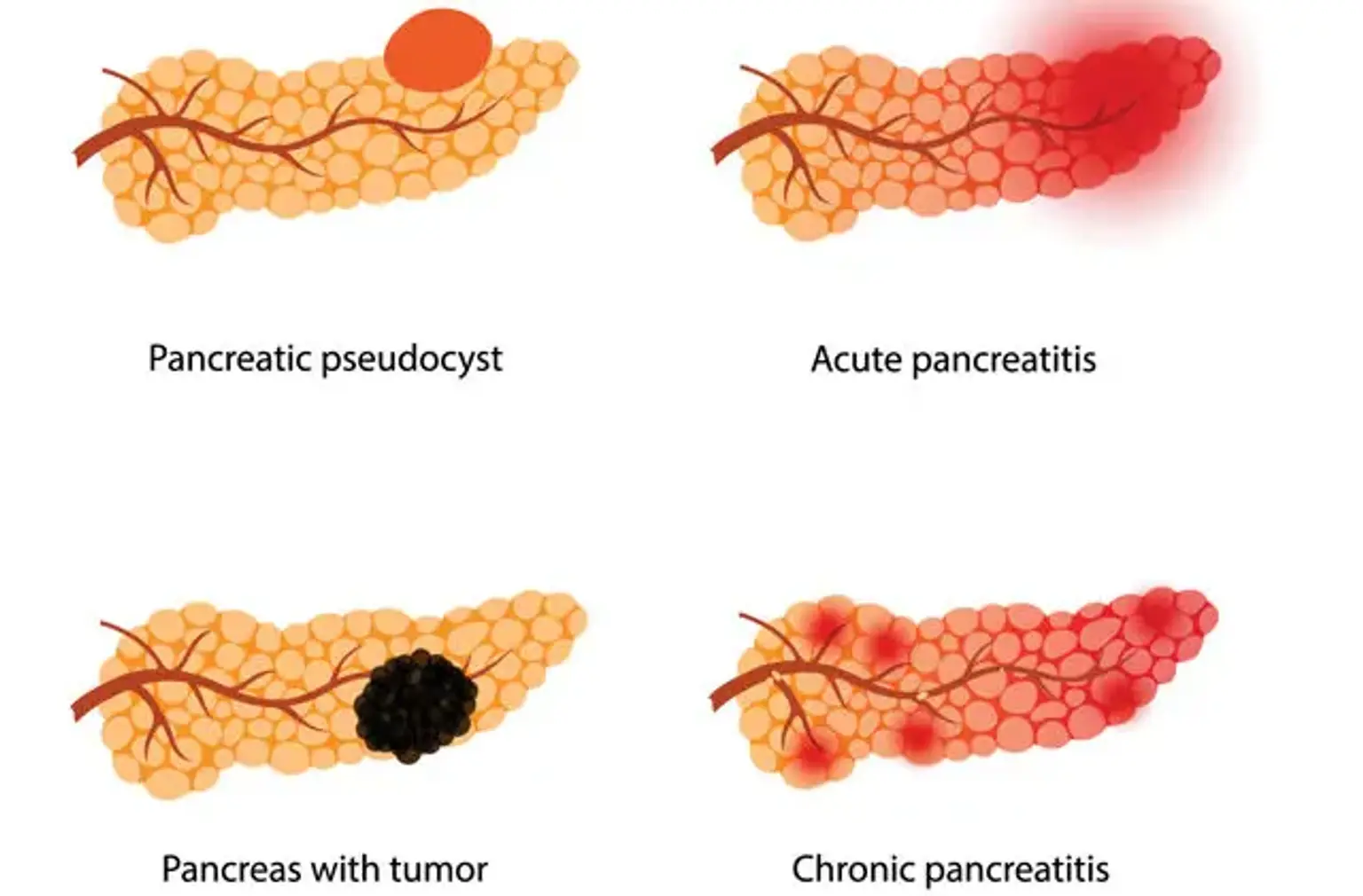Pancreas disease
Pancreaticobiliary Surgery: Conditions, Diagnosis, Treatment, and Risks
Pancreaticobiliary involves the pancreas, gallbladder, and bile ducts. Therefore, pancreaticobiliary surgery involves a surgical procedure performed on these parts. The purpose of the process is to rectify certain conditions that affect organs and alter the body's normal functions.
Some pancreaticobiliary surgical procedures are minor and don’t pose any risks. However, others are major and come with certain risks and complications. Fortunately, the invention of modern techniques has helped prevent and avoid most of the surgical risks. They have also helped save lives and enhance patients’ overall health.
